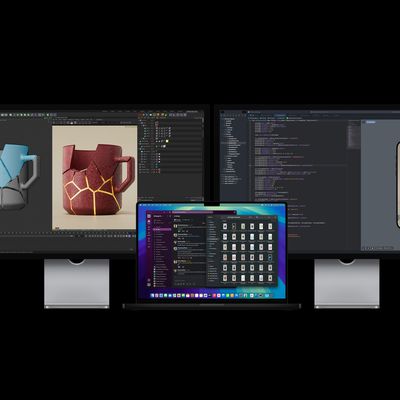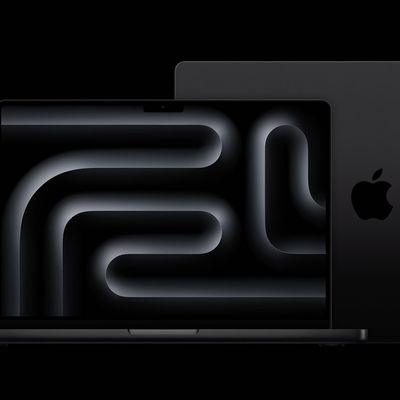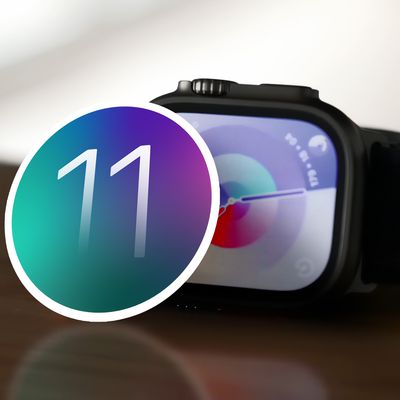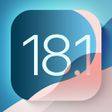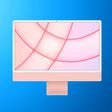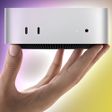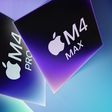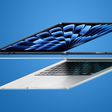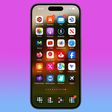Consumer Reports is out with an updated report on the 2016 MacBook Pro, and following retesting, the magazine is now recommending Apple's latest notebooks.
In the new test, conducted running a beta version of macOS that fixes the Safari-related bug that caused erratic battery life in the original test, all three MacBook Pro models "performed well."
The 13-inch model without a Touch Bar had an average battery life of 18.75 hours, the 13-inch model with a Touch Bar lasted for 15.25 hours on average, and the 15-inch MacBook Pro with Touch Bar had an average battery life of 17.25 hours.
Now that we've factored in the new battery-life measurements, the laptops' overall scores have risen, and all three machines now fall well within the recommended range in Consumer Reports ratings.
Consumer Reports originally denied the 2016 MacBook Pro a purchase recommendation in late December due to extreme battery life variance that didn't match up with Apple's 10 hour battery life claim.
Apple worked with Consumer Reports to figure out why the magazine encountered battery life issues, which led to the discovery of an obscure Safari caching bug. Consumer Reports used a developer setting to turn off Safari caching, triggering an "obscure and intermittent bug reloading icons" that drained excessive battery.
The bug, fixed by Apple in macOS Sierra 10.12.3 beta 3, is not one the average user will encounter as most people don't turn off the Safari caching option, but it's something done in all Consumer Reports tests to ensure uniform testing conditions. A fix for the issue will be available to the general public when macOS Sierra 10.12.3 is released, but users can get it now by signing up for Apple's beta testing program.
Each of the three 2016 MacBook Pro models, including the 13-inch MacBook Pro without Touch Bar, and the 13 and 15-inch MacBook Pro models with Touch Bars, are advertised as achieving 10 hours of battery life on a single charge when watching iTunes movies or browsing the web.
Real life Battery usage can vary significantly, however, based on factors like screen brightness and the applications being used.




